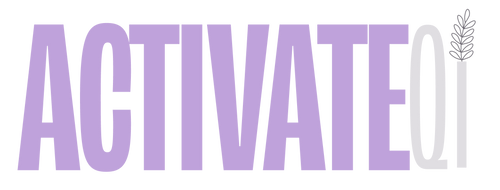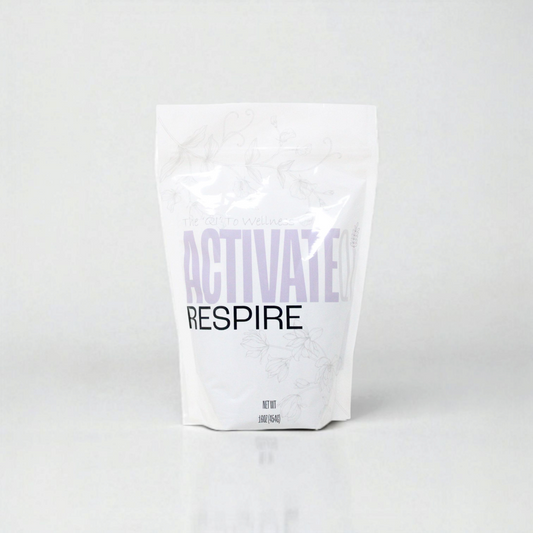When it comes to your horse’s diet, the focus should always be on quality and balance.
In recent years, there has been a growing movement toward feeding horses a more natural, all-forage diet—free from inflammatory ingredients that can lead to long-term health issues. This approach prioritizes your horse's natural digestive processes and overall health, allowing them to thrive without the need for additives or processed feeds. But what exactly does this look like, and how do you make the switch?
Understanding the Digestive Tract
To feel confident about moving away from traditional feeding practices, it's important to understand how a horse's digestive system is specifically designed to function on a forage-based diet. Horses have evolved as grazing animals, with a specialized gastrointestinal system that thrives on a diet rich in plant fiber, available 24 hours a day. While a horse’s digestive tract shares similarities with other mammals, it also has unique features. The foregut (mouth, esophagus, stomach, and small intestine) is responsible for enzymatic digestion, where most of the sugar, starch, protein, fat, as well as fat-soluble vitamins (A, D, E, K), and minerals like calcium and phosphorus are digested and absorbed, primarily in the small intestine.
However, the part of the equine digestive system that truly enables them to thrive on a continuous high-fiber diet is the hindgut. The hindgut, which includes the cecum, large colon, and small colon, accounts for more than 60% of the entire digestive system and can hold over 120 quarts of digestive material. Horses are classified as hindgut fermenters, meaning that microbial activity in the hindgut breaks down plant fibers to provide energy and extract micronutrients, such as B-vitamins and vitamin K. The cecum and large colon rely on a beneficial microbial population to ferment and process high-fiber feed. While food passes through the small intestine in about 60-90 minutes, microbial fermentation in the hindgut is much slower, taking between 36 to 72 hours for digesta to move through the cecum and large colon. The structure and size of these areas are designed to allow a slow passage of digesta, giving the microbes enough time to break down fibrous plant material.
An interesting feature of the cecum is that both its entrance and exit are located at the top of the organ. To push digesta into the large colon for further digestion, there must always be enough fibrous material in the cecum. If a horse is deprived of continuous forage, the intestines can become twisted or impacted. Therefore, horses need to consistently digest fibrous feeds for the health of their hindgut. While all-day pasture grazing isn’t always possible, providing constant access to forage when a horse is confined to a stall or pen can greatly improve their overall health, especially the health of their digestive system.
What to Avoid in Your Horse’s Diet
The first step to transitioning to an all-forage diet is to identify and avoid inflammatory ingredients that may be found in your horse’s current feed. Common ingredients to steer clear of include:
Molasses: Added as a sweetener and causes blood sugar spikes and inflammation.
Soybean Meal/Oil: High in omega-6 fatty acids, leading to inflammation if not balanced with omega-3s.
Vegetable Oil: Not all oils are created equal and can promote inflammation.
Rice Bran: High in fat and harder for some horses to digest, also full of arsenic.
Beet Pulp: Causes digestive upset or bloating with the fermentation process, this food source is seen with many performance bleeding issues, ongoing respiratory and gastrointestinal issues.
Oats or Grain Byproducts: These can lead to insulin spikes and may not be as nutrient-dense, also starches reaching the hindgut leading to hindgut acidosis when there is not enough time or enough digestive enzymes to digest them in the small intestine.
Synthetic Ingredients: These are harder for your horse to digest and absorb and may do more harm than good in the long run.
Labels: Do not include the quality of these ingredients.
Sourcing High-Quality, Clean Nutrition
Instead of relying on the common grains or byproducts, focus on sourcing your horse’s nutrition from clean, quality hay that is tested for nutritional content. Hay should be free of mold, and dust. When choosing hay, it’s essential to consider your horse’s needs:
Alfalfa or Timothy Pellets for their grain time: These can provide an easy way to supplement your horse with their supplements, loose mineral, and a ground flax option for added fats and omegas.
Leafy, Higher Protein Alfalfa: If your horse needs to gain weight or requires extra calories (especially in competitive horses), providing leafy alfalfa can be beneficial.
Variety of Forage and Grasses: Offering different types of forage can give your horse a broader spectrum of nutrients and vitamins.
Gradually Transitioning Your Horse
The transition from a grain-based diet to an all-forage diet is not an overnight change—it should be done gradually to ensure your horse’s digestive system adjusts properly. A sudden switch can cause stomach upset or other digestive issues. Start by slowly increasing the amount of pellets while decreasing grain over the course of several days to weeks, allowing your horse to adapt at a pace that suits them.
Supporting Gut Health with Redemption
Many horses fed processed grains may experience some form of leaky gut, where the intestinal lining becomes compromised, leading to digestive issues and inflammation. To support the healing of the gut, we recommend pairing the forage transition with Redemption. Redemption is designed to heal the gut, reduce inflammation, and support your horse's natural immune response and digestive regulation.
Introducing Herbal Supplements
If your horse isn’t familiar with raw powder herbs, it can take some time for them to adjust to the taste. Start with a small dose and gradually increase it over several days to help them acclimate to the new flavor. Healing is a process, and your horse may need time to get used to the changes.
Patience is Key
Changing your horse’s diet and allowing their body to heal takes time. While it may take a few weeks for your horse to fully adjust to an all-forage diet, the benefits—such as reduced inflammation, improved digestion, and better overall health—are well worth the effort.
Conclusion
Switching your horse to an all-forage diet that eliminates inflammatory ingredients is one of the most effective ways to support their long-term health. By focusing on clean, high-quality forage, carefully avoiding harmful ingredients, and supporting gut health through products like Redemption, you can help your horse feel better and perform at their best.
Remember, healing and adjustment take time, but with patience and the right approach, you’ll set your horse on the path to a healthier, more vibrant life.




